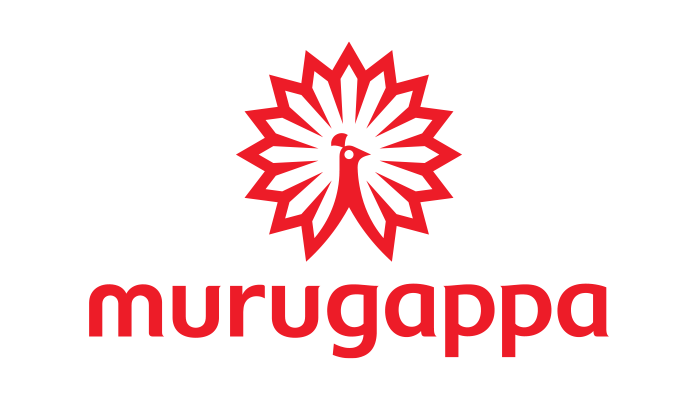Murugappa Morgan

Mitigating the risk of Alkaline Hydrolysis with Kaolite AHR
Alkaline Hydrolysis (AH) is a problem associated with un-dried refractory insulating castables in fired heater linings. Alkali catalysed carbonation can cause surface destruction through the formation of expansile phases, and is costly and disruptive to projects.
Typically, the convection section of the fired heater is where AH occurs. Alkaline hydrolysis begins as a carbonation. This problem becomes amplified when lined process heaters are not commissioned in a timely manner. These units are often fabricated and then left to sit before being put into operation. Sitting 'green' for one to three years in a hot and humid environment sets-up the perfect scenario for efflorescence, cement carbonation and destructive AH in Calcium Aluminate cement castables and gunite linings.
Reaction kinetics are variable, with cases seen of reaction occurring over days or years. Over time this results in:
- Loss of castable strength
- Castable turns to powder for some thickness
- Alkaline Aluminate Hydrate may swell in wet conditions
- Progressive 'sheeting' of the castable lining surface occurs

Morgan has a material solution for the problem of Alkali Hydrolysis
- An accelerated AH test needed to be developed in order to study this phenomena in a reasonable timeframe
- Carbonation and/or destructive AH can now be detected in weeks, as opposed to months or years in the field
- AH is due to the Calcium Aluminate Cement Hydrate Phases carbonating when they react with the CO2 in the air
- Laboratory experiments showed that when a modified bond is used, the carbonation reaction is suppressed
